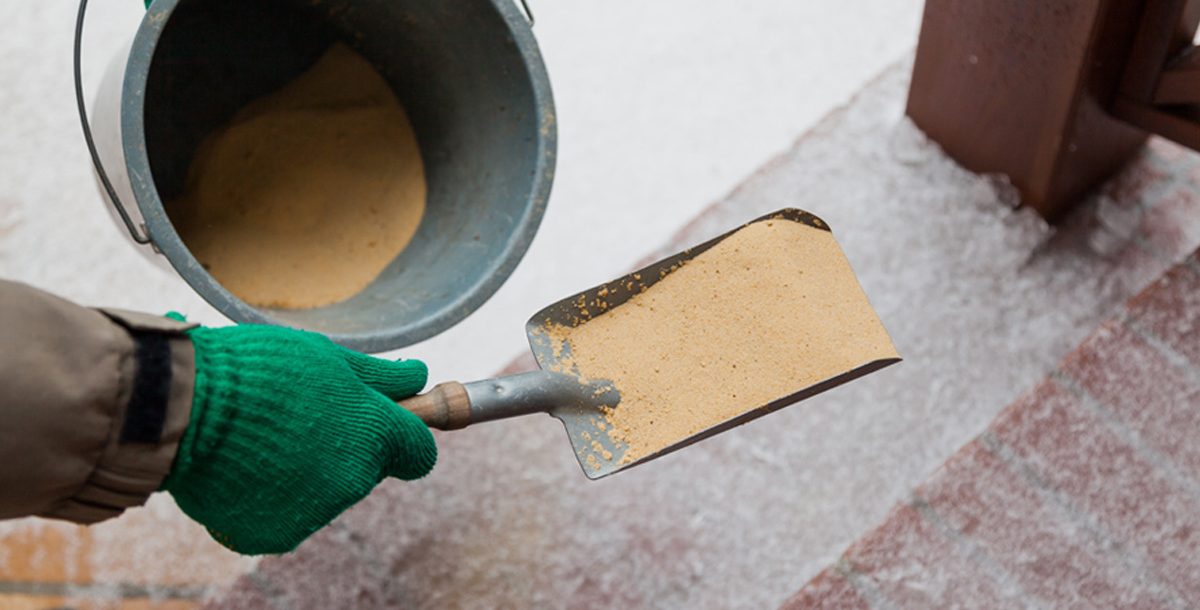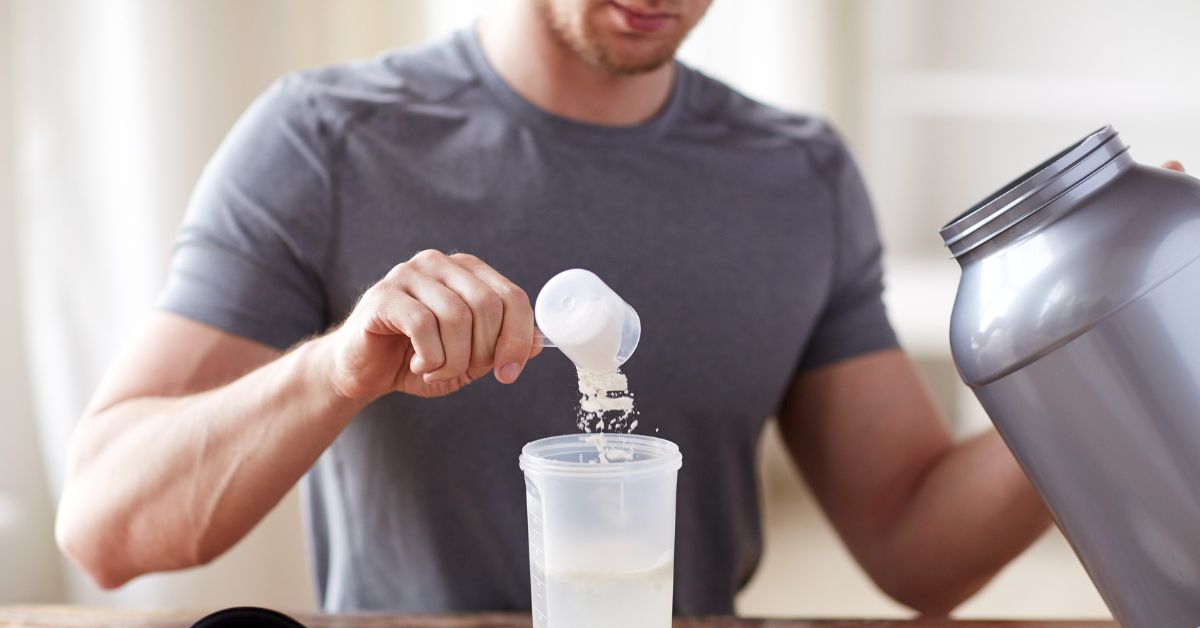Preparing your home for the winter months isn’t just a good idea for your house, it’s also a good idea for your health. Winterizing your home helps prevent injuries that cold conditions can cause.
Be sure to take some time to get your home and family winter ready. Check over this list of common winter injuries, their causes and how to prevent them.
Falls on icy sidewalks and snowy driveways
When sidewalks and driveways get snowy, you’re more likely to slip and fall. If you leave snow on them for too long, ice can form and make your walkways even more dangerous.
Get ready to minimize these risks by doing the following:
- Before you have a chance to shovel, take smaller steps and wear shoes with good traction outside.
- Get your outdoor lighting ready and repair any broken fixtures. Also, keep extra light bulbs on hand so you can replace a burned bulb right away.
- Tighten the bolts on handrails so they’re secure. Steps should always have secure handrails. Also consider installing handrails along sloped paths or other areas where someone may want more stability in slippery conditions.
- Have a supply of rock salt or sand in a convenient spot, such as the front of your garage or inside the mudroom door. Rock salt helps keep your walkways from icing over and sand provides better grip for your feet. You can apply a layer when snow first falls.
Strained muscles from shoveling snow
Shoveling snow puts a lot of strain on your back and shoulders and can easily cause an injury. Here are some tips to shovel snow safely:
- Take breaks while shoveling to give your muscles a rest.
- Try to push snow more and twist your back less.
- If the weather report predicts a large snowfall, go out early and then return a few times. This allows you to shovel a few inches of snow which is less taxing than shoveling a foot of it.
Prepare ahead of time, too, with these winter-ready tasks:
- Move your lawnmower to the back of the garage or shed. Put your snowblower and snow shovels up front.
- Fire up your snowblower to make sure it’s in good working order. Check the oil level and lubricate the bearings. Also, make sure the fuel filter is clean and check for other signs of wear.
- Have enough snow shovels on hand for each member of the family. That way everyone can help shovel at the same time!
- Consider buying an ergonomic snow shovel. They’re comfortable to use and encourage you to push the snow, not lift it.
Slips and strains while scraping icy car windows
You’ll inevitably need to clear ice and snow off your car windows during the winter. However, bending and reaching over your automobile can put pressure and strain on your back, shoulders and arms.
Limit your risk of injury with these tips:
- Make space in your garage so you can park your car in it during the winter months. You’ll be glad you did each frosty morning!
- Make sure you have a firm footing when scraping car windows. Wear shoes with good traction and avoid icy spots.
- Purchase a deicer made for car windows to help melt the ice and avoid tons of scraping.
Hazards from low-hanging branches and dead trees
Low-hanging branches near your house hang even lower once snow and ice weigh them down. Prevent damage to your home and possible injuries to people by trimming branches now. Make sure they clear your roof, siding and windows. Also, have professionals remove any dead trees as they can easily fall under the weight of winter snow and winds.
Preparing your home for snow, ice and wintry conditions now can help keep you safe later. However, if you do get a minor injury during the winter months, schedule an appointment with a Mercy Health primary care physician near you or take advantage of our evisit program.






